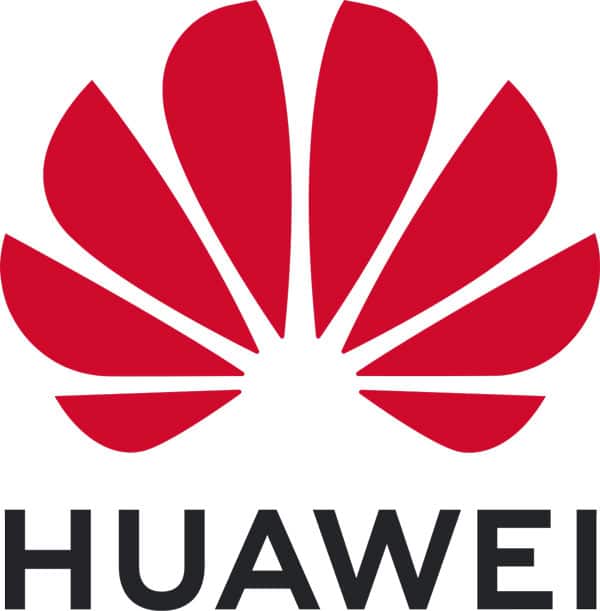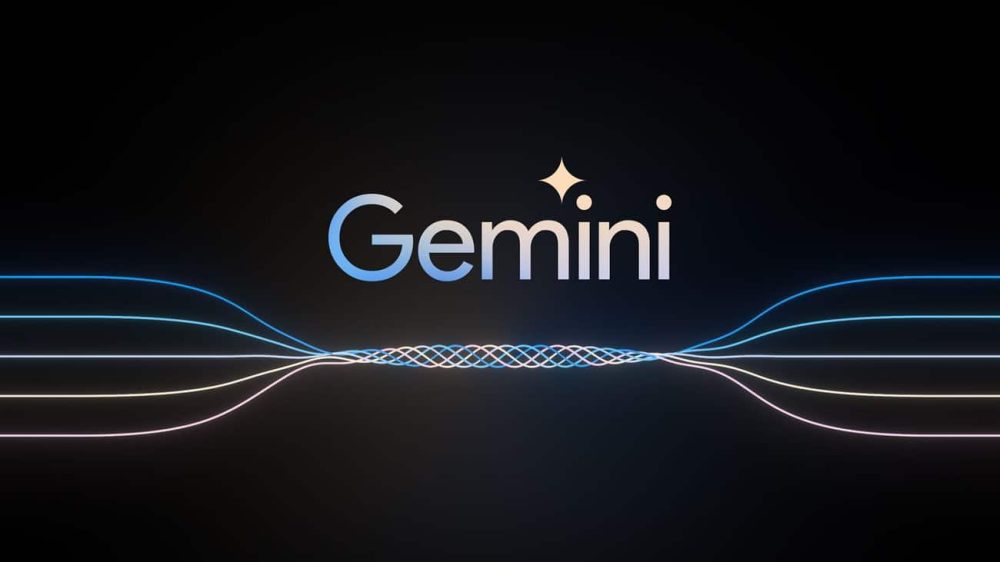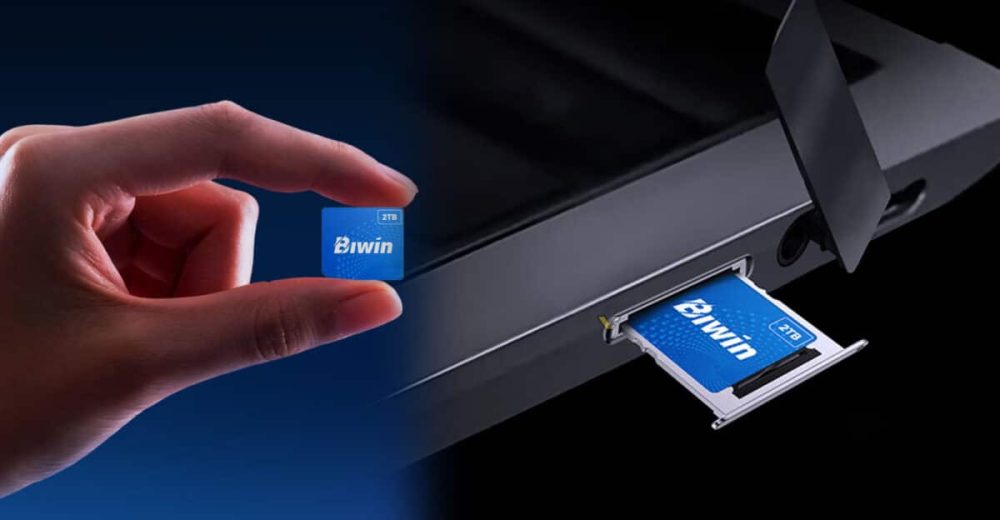Huawei is making serious waves in the AI chip market, with its Ascend 910C reportedly achieving yield rates comparable to NVIDIA’s H100. The Chinese tech giant has more than doubled its production efficiency in just a year, and industry insiders have revealed that the chip’s yield rates have surged to nearly 40%—a milestone that signals mass production is imminent.
A True ‘DeepSeek Moment’ in AI Computing?
If these reports are accurate, Huawei could be poised to shake up the AI chip industry and create what some call the next ‘DeepSeek moment.’
Huawei’s Answer to NVIDIA’s H100? The AI War Heats Up
NVIDIA has dominated AI computing for years with its robust CUDA ecosystem and cutting-edge AI GPUs. But Huawei isn’t backing down. The Ascend 910C is becoming a direct challenger to NVIDIA’s H100, potentially offering comparable raw performance.
The real kicker? Huawei plans to produce over 100,000 units of the Ascend 910C by the end of 2025, making it a serious player in the high-stakes AI race.
With NVIDIA’s dominance in China threatened by US sanctions and restrictions on cutting-edge GPUs, Huawei has a golden opportunity to carve out a significant slice of the domestic AI market.
Huawei’s Secret Weapon: CANN vs. CUDA
Breaking NVIDIA’s stranglehold on AI computing isn’t just about hardware—it’s about software. While NVIDIA’s CUDA platform is the industry standard, Huawei is betting on its in-house CANN software to drive the adoption of its AI chips.
With DeepSeek, Alibaba, and Baidu already leveraging Huawei’s AI hardware, the company strategically positions itself as China’s homegrown AI powerhouse. The Ascend lineup has been used for inference tasks, but the 910C could push Huawei into serious training workloads, making it a legitimate alternative to NVIDIA’s AI infrastructure.
What’s Next? A Showdown at NVIDIA’s GTC 2025?
Rumors suggest that Huawei might time the launch of the Ascend 910C to coincide with NVIDIA’s GTC 2025 conference, a strategic move to steal some of the spotlight from Team Green.
While NVIDIA still leads the AI chip race globally, Huawei is proving it’s not just a competitor but a disruptor. With China’s tech giants backing it, we might be witnessing the beginning of a significant shift in the AI computing landscape.
Final Thoughts: Can Huawei Pull Off the Impossible?
With improved chip yields, aggressive production goals, and a growing software ecosystem, Huawei is positioning the Ascend 910C as more than just a competitor—it’s a potential game-changer.
While it remains to be seen whether Huawei can truly dethrone NVIDIA, one thing is clear: the AI hardware war is just getting started. And Huawei is playing to win.
🔥 What do you think? Can Huawei’s Ascend 910C challenge NVIDIA’s dominance, or is this just hype? Let us know in the comments!



Yes, you only need to go back in Huawei’s history to realize they will never be a sleeping dog. While the US has pulled every dirty trick possible to cut off and prevent Huawei from succeeding it only makes Huawei smarter and stronger. They will probably become the world’s largest and fastest chipmaker.